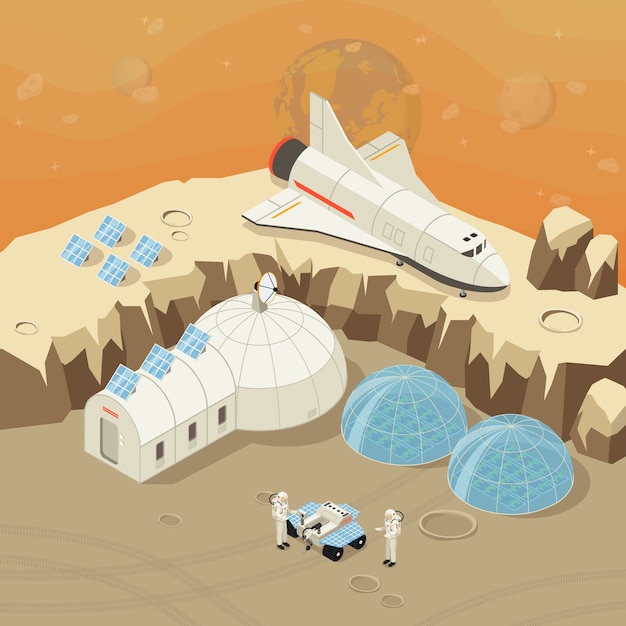Anritsu and dSpace Showcase Pioneering Collision Avoidance Simulation at MWC

Anritsu and dSpace teamed up to demonstrate a cutting-edge technology at this year’s Mobile World Congress in Barcelona. They showed how a PC-based simulation system, combined with sensor-realistic simulation, works within a 5G network emulator.
The demonstration showcased how this tech can prevent accidents at intersections where visibility is poor. They used an advanced intersection collision warning (AICW) system that relies on sensor data exchanged between vehicles and infrastructure via 5G.
In this demo, vehicle-to-everything (V2X) data and video from camera sensors were analyzed to alert drivers about pedestrians or obstacles, especially in blind spots common at intersections. They utilized 5G network slicing to establish a separate ultra-reliable low latency communication (URLLC) link for hazard warnings and an enhanced mobile broadband (eMBB) link for sharing HD video.
“This joint integration marks a significant advancement in 5G V2X testing and emulation,” said Jonathan Borrill, head of global market technology at Anritsu. “Our demonstration showcases the progress in developing 5G V2X applications.”
Gregor Hordys from dSpace echoed this sentiment, highlighting that this integration brings state-of-the-art sensor-realistic and vehicle simulation to radio communication testing. This enables more advanced testing for connected and cooperative automated driving using 5G and edge computing.
The showcase employed Anritsu’s MT8000A radio communication test station and dSpace’s VEOS PC-based simulation platform, along with the dSpace Aurelion for realistic sensor simulation, to create a comprehensive 5G network slicing test environment for automotive V2X applications.